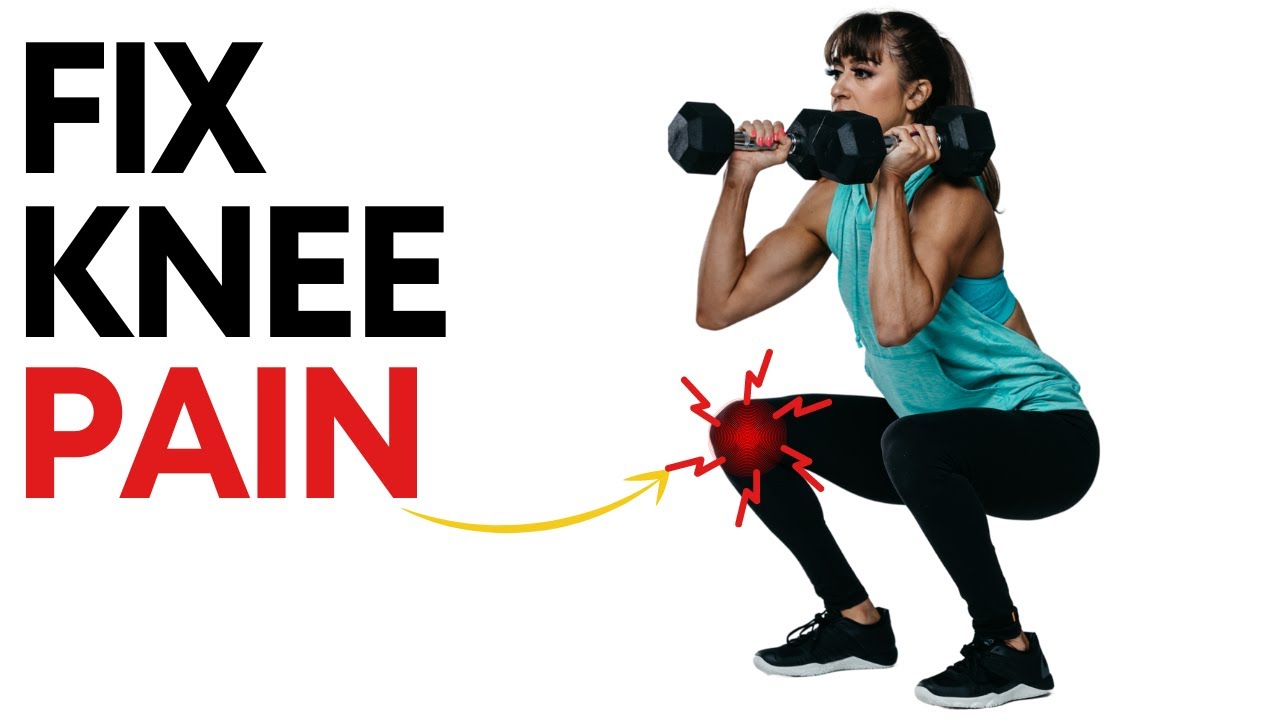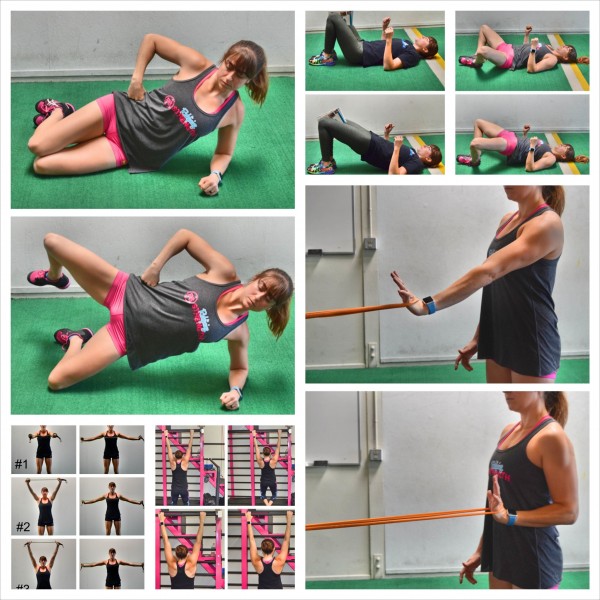
Are You Lunging WRONG? 3 Tips To FIX Your Lunge
The lunge, in all its many forms, is so often blamed for knee pain.
But moves are only as good as their implementation. And we need to understand there is a difference between going through the motions and mimicking proper form and actually getting the correct muscles working.
Too often we end up demonizing this amazing move instead of learning to properly control it and load muscles correctly.
And that overload is what leads to the pain. When you don’t engage the correct muscles to power the movement can prevent us from seeing the full benefit of all the amazing lunge variations out there.
We don’t take time to see all of the tweaks to form we can make to work around previous injuries, adjust to our specific builds and mobility restrictions not to mention even us variations based on our specific needs and goals.
That’s why I want to share 3 key form cues I use to help client’s get more out of this amazing move while avoiding those common mistakes we often make that lead to aches and pains.
Because we have to remember that form isn’t as binary as we make it out to be. There are so many slight adjustments we can make to get more out of exercises so they fit our needs and goals!
3 Key Cues To Improve Your Lunge Form:
#1: Maintain A More Vertical Shin Angle:
Ever hear someone say “You’re knee can’t go over your toes during lunging.”
This isn’t completely true, BUT we need to understand why this statement came about.
When our knee does travel further forward over our foot, there will be more loading of our quads. This is what, especially if we have previous knee issues or a lack of ankle mobility, can lead to lunges causing knee pain.
So while you can actually INTENTIONALLY preform lunge variations this way to strengthen your quads, you do want to know the drawbacks.
You also want to make sure you have the proper ankle mobility to do this variation while keeping your heel firmly planted on the ground.
Since so many of us struggle to activate our glutes, not to mention lack ideal ankle and even hip mobility, it may be helpful for us to avoid this positioning and instead focus more on maintaining a more vertical shin angle with our front lower leg.
When you maintain that more vertical shin angle, you can actually engage your glutes more and make the move slightly more hip dominant. This can be key to help you avoid overloading your quads and therefore your knees.
It can also simply be a tweak you use to target those glutes more during your lunge work.
So if you struggle with quad dominance and getting your glutes to work, focus on that knee being aligned over your ankle as you lunge, whether doing a static lunge, reverse lunge or even front lunge!
#2: Keep Your Weight Centered:
Too often when we are moving forward or backward in a lunge, we let ourselves actually become off balance which can lead to us overloading the muscles that support our knees.
Even though with lunges you can move in every direction, you want to be conscious to truly keep your weight more centered so you can smoothly push back to standing with no stutter steps.
You want to correctly engage your front AND back legs as they are both working together even if different muscles in each leg are working to different extents.
One of the best ways to help learn how to keep your weight centered is by first making sure you’ve mastered that static lunge or split squat.
To do this move, start half kneeling on the ground with your back knee about under your hip and your front knee over your ankle so your shin is vertical. Push the ball of your back foot and your entire front foot into the ground. Even think about your front foot as a tripod, two points in the ball of your foot and one in your heel.
Squeeze your back glute and make sure to drive through both feet as you push up to standing. Make sure you use that front glute to prevent your front knee from caving in.
Focus on pushing the ground away to stand then controlling that lower down.
You may find you want to shift forward instead of driving straight up, which is often what happens when we add movement to the lunge and creates the knee overload.
So first you must learn to control this static lunge and build mobility to perform it properly BEFORE you progress to adding in more movement.
Regress to progress!
Then as you begin to introduce movement, you can keep the lunges more shallow to focus on that weight being centered. Even implementing a PAUSE at the bottom as you do begin to lunge longer and deeper can be a great way to get to assess where your weight is and correct any shifts.
Remember you have to earn those harder variations. You don’t want to just mimic movements. You want to make sure the correct muscles are working!
#3: Focus On Your Foot’s Connection To The Ground (Back AND Front Feet):
Our feet are our foundation. Instability there creates instability up our entire legs.
That’s why it’s key you start your lunges by focusing on your feet. And not just the foot of your moving leg but both feet to engage the muscles of both legs correctly.
When you move through any lunge, think about that front foot as that tripod as you sink. Drive off your entire foot to stand back up.
Note if you are rocking out or in on your foot or if you find your foot turning in or out. You’ll notice small changes in the muscles you’re using and even your knee alignment.
By really focusing on driving off that entire foot, you’ll better use the muscles of your legs and glutes correctly and even avoid any knee overload. You’ll help yourself keep your weight more centered.
By focusing on your foot’s connection to the ground you can also avoid your knee collapsing in which can be a huge source of knee aches and pains.
And then don’t ignore your back foot as well.
While you may only be on the ball of that back foot, proper tension into the ground can help you better use that glute to drive the hip extension of that back leg.
It can also help you avoid knee pain in that back leg.
If you aren’t conscious you may find that back knee turning out as you rock in toward your back toe. This can overwork the rectus femoris, the quad muscle that not only directly connects to your knee but also your hip, and lead to not only knee but also hip issues.
Being conscious of our feet can help us better recruit the muscles of our lower body. It all starts at that foundation!
SUMMARY:
Focus on what you feel working not just on making the movement look correct. We need those proper recruitment patterns to drive those movement patterns or we put ourselves at greater risk for overload, compensations and injuries.
Use these 3 cues to help yourself avoid knee aches and pains from lunging and get more out of this amazing lower body move!
Working to improve your mobility and stability?
Check out my Injury Prevention Pack!






